By Franck Pachot
.
On the Oracle Database Appliance, like on the Oracle public Cloud, you define the CPU capacity with ‘shapes’. On the latest ODA, the X6, we have a new interface to provision a database. Let’s look at the different shapes available.
ODACLI
You can provision a new database with the command line ODACLI which replaces the OAKCLI you used in ODA X5:
[root@odax6m ~]# odacli create-database
Usage: create-database [options]
Options:
* --adminpassword, -mm
Password for SYS,SYSTEM and PDB Admin
--cdb, -c
Create Container Database
Default: false
--dbclass, -cl
Database Class OLTP/DSS/IMDB
Default: OLTP
--dbconsole, -co
Enable Database Console
Default: false
--dbhomeid, -dh
Database Home ID (Use Existing DB Home)
* --dbname, -n
Database Name
--dbshape, -s
Database Shape{odb1,odb2,odb3 etc.}
Default: odb1
--dbstorage, -r
Database Storage {ACFS|ASM}
Default: ACFS
--dbtype, -y
Database Type {SI|RAC}
Default: SI
--help, -h
get help
Default: false
--instanceonly, -io
Create Instance Only (For Standby)
Default: false
--json, -j
json output
Default: false
--pdbadmin, -d
Pluggable Database Admin User
Default: pdbadmin
--pdbname, -p
Pluggable Database Name
Default: pdb1
--targetnode, -g
Node Number (for single-instance databases)
Default: 0
--version, -v
Database Version
Default: 12.1.0.2
ODA WebConsole
But the ODA X6 has also a small graphical interface from the web console.
12c multitenant is the default, but you can choose.
Edition
You don’t have the choice when you create the database. You install the ODA in Standard or Enterprise and then you cannot change.
Versions
Two database versions are available: 11.2.0.4 and 12.1.0.2
You choose ODA to get a stable, certified and supported system so it make sense to run only supported versions with latest PSU. If you have older versions, you must upgrade. Set optimizer_features_enable to previous if your application was not tuned for newer versions. Very often, when an ISV do not certify his software it’s because of optimizer regressions. With proper testing and optimizer settings you should be able to upgrade any application without the risk of regression.
Templates
There are four DBCA templates available
- Standard Edition or Enterprise Edition
- Multitenant or non-CDB
The main difference between Enterprise Edition and Standard Editions are:
Options OMS,SPATIAL,CWMLITE,DV are installed in Enterprise Edition but not in Standard Edition
fast_start_mttr_target=300 in Enterprise Edition (feature not supported in Standard Edition)
The main difference between multitenant and non-CDB:
Options JSERVER,IMEDIA,ORACLE_TEXT,APEX are installed in a CDB an not in a non-CDB
maxdatafiles=1024 in CDB (100 in non-CDB)
All templates are configured with filesystem_io_options=setall and use_large_pages=only
Following underscore parameters are set for all ODA templates:
*._datafile_write_errors_crash_instance=FALSE
*._disable_interface_checking=TRUE
*._enable_NUMA_support=FALSE
*._file_size_increase_increment=2143289344
*._gc_policy_time=0
*._gc_undo_affinity=FALSENote that both 12c and 11g are available in Enterprise Edition as well as Standard Edition (can even be Standard Edition One for 11g).
Of course, CDB is only for 12c.
Shapes
As in the Oracle Public Cloud, the CPU and Memory comes in shapes:
The choice is the number of core. The cores are hyperthreaded, which means that odb1 will have cpu_count=2. And it is set in spfile. Note that at install no resource manager plan is active so instance caging will not occur except during the automatic maintenance window… My recommandation is to set a plan. In 12.1.0.2 Standard Edition resource manager is implicitly activated.
ODA X6-2 processors are Intel(R) Xeon(R) CPU E5-2630 v4 @ 2.20GHz. Here is an example of the LIOPS you can reach when running on all the 40 threads of a X6-2M:
Load Profile Per Second Per Transaction Per Exec Per Call
~~~~~~~~~~~~~~~ --------------- --------------- --------- ---------
DB Time(s): 39.9 545.6 0.00 25.43
DB CPU(s): 38.8 530.9 0.00 24.75
Logical read (blocks): 18,494,690.4 252,862,769.1
This is 18 million logical reads per seconds in this 2 sockets (2s10c20t) appliance. Half of it on the X6-2S which has one socket 1s10c20t.
The core factor for those processors is 0.5 which means that you can run an Enterprise Edition ‘odb2’ with a single processor license (public price 47,500$) and you can run 4 sessions in CPU which means more that you can do nearly 3 million logical reads per second, as here:
Load Profile Per Second Per Transaction Per Exec Per Call
~~~~~~~~~~~~~~~ --------------- --------------- --------- ---------
DB Time(s): 4.0 54.6 0.00 13.80
DB CPU(s): 4.0 54.5 0.00 13.78
Logical read (blocks): 2,901,991.5 39,660,331.1Those shapes are defined as:
Given the high LIOPS and the available memory, this entry-level appliance can be sufficient for most of medium OLTP workload.
Classes
Three classes are defined to derive the database parameters from the shape.
The SGA/PGA is calculated from the shape memory and a class factor.
OLTP gives 50% to SGA and 25% to PGA which means that for example a odb4 has sga_target=16 and pga_aggregate_target=8G
DSS gives 25% to SGA and 50% to PGA
Note that OLTP is the only one available in Standard Edition. This does not mean that you can run only OLTP. You can change memory settings later (DSS usually need more PGA than SGA) and you have very good storage bandwidth and IOPS (NVMe access to SSD). This setting is more an indication that most of datawarehouses need features available only on Enterprise Edition such as parallel query, partitioning, bitmap indexes.
ASM or ACFS?
The template shapes above define a 100GB database. When you create a new database you have the choice to put it directly on +DATA and +RECO, or create a 100GB ADVM volume and ACFS filesystem that will be mounted under /u02/app/oracle/oradata. If you choose ACFS the FRA and REDO will be created under the /u03/app/oracle mount point which is a common ACFS.
The default is ACFS but you should think about it. For production, best performance is ASM. You have SSD to reduce avoid disk latency. You have NVMe to reduce CPU latency. You don’t want to add the ACFS layer. The maximum IOPS we observe is 10 times higher with datafiles directly on ASM:
Don't know? We get 75k IOPS on ACFS and 700k IOPS on pure ASM. /cc @kevinclosson pic.twitter.com/TcLzUsOh0d
— Marco Pachaly-Mischke (@DBAMarco) August 29, 2016
For test databases, where you use snapshot features, especially with multitenant, you may choose ACFS. However, why not create the CDB in ASM and use ACFS for the PDBs you will want to snapshot? No need for that additional layer for the CDB files. Better to isolate the master and clones for a specific environment into its own ACFS.
And anyway, ODA X6-2S and X6-2M are very interesting for Standard Edition, and you cannot use snapshots nor any ACFS features for a database in Standard Edition.
Storage performance is truly amazing. At 100000 IOPS we have 99% single block reads faster than 256 microseconds and 97% faster than 128 us. At 800000 IOPS here are the figures:
% of Waits
-----------------------------------------------
Total
Event Waits <1ms <2ms <4ms <8ms <16ms <32ms 1s
------------------------- ------ ----- ----- ----- ----- ----- ----- ----- -----
db file parallel read 6.9M 4.0 74.1 21.7 .2 .0 .0 .0
db file sequential read 18.4M 83.1 16.3 .7 .0 .0 .0So what?
It’s nice to have an easy GUI to provision a database on ODA. However there are some limits with it:
- Be careful on the defaults. They may not fit what you want. Do you want you databases on ACFS?
- Not all operations can be done though the GUI: you can create but not delete a database.
But there’s more. Performance is there. You can run application that need high performance.
Do you know any other solution which gives you a fully certified system installed in few hours with databases ready? With very good hardware and managed software costs (NUP, Standard Edition in socket metric or Entrerprise Edition capacity-on-demand by multiple of 1 processor license).
You need high-availability? In Standard Edition you cannot use Data Guard. In Standard Edition you can buy Dbvisit standby which gives you switchover and failover (Recovery Point Objective of few minutes) to a second ODA or to a cloud service. Of course, you can build or buy custom scripts to manage the manual standby. However, if you go to ODA you probably appreciate easy and robust software.
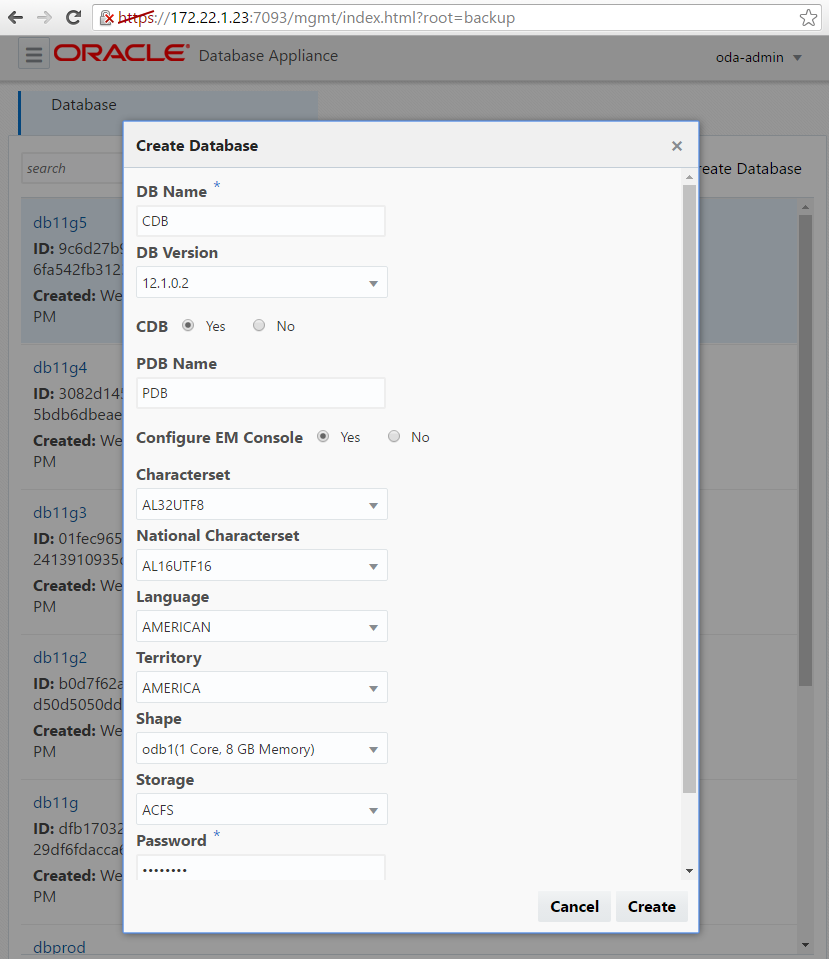
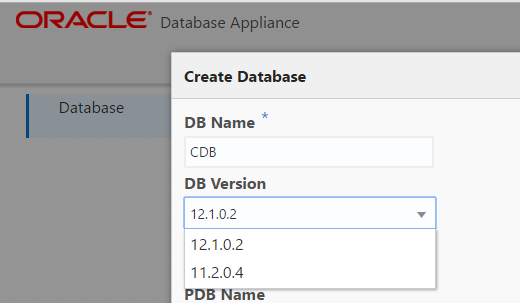
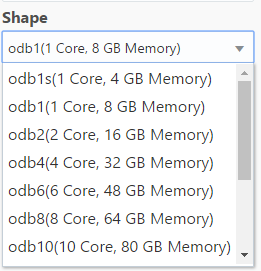
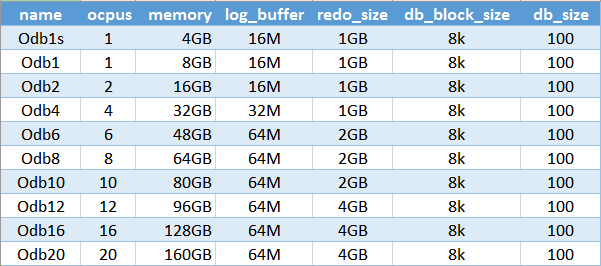
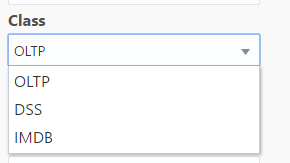
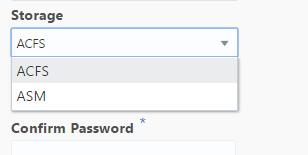
![Thumbnail [60x60]](https://www.dbi-services.com/blog/wp-content/uploads/2022/12/oracle-square.png)
![Thumbnail [90x90]](https://www.dbi-services.com/blog/wp-content/uploads/2022/08/DWE_web-min-scaled.jpg)